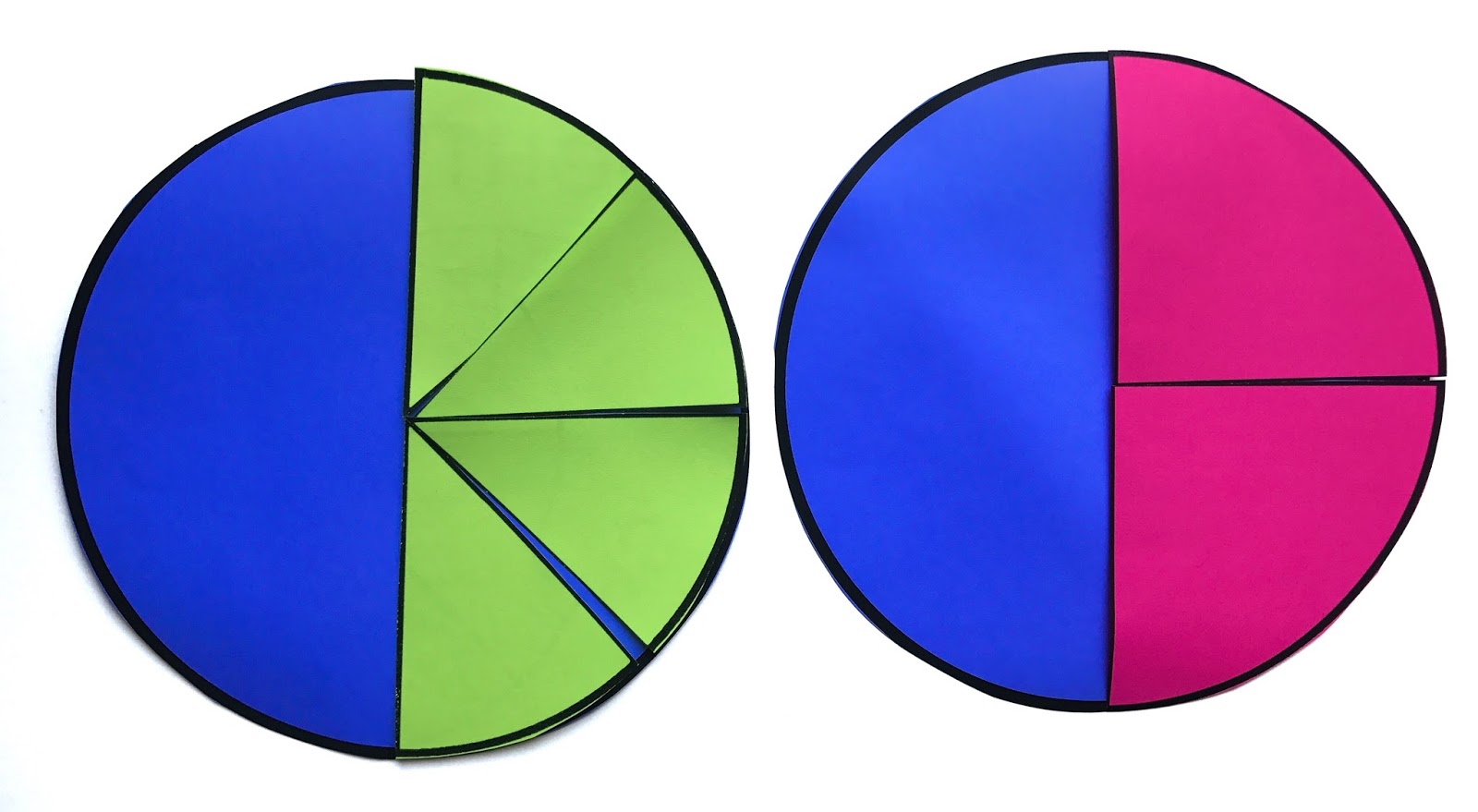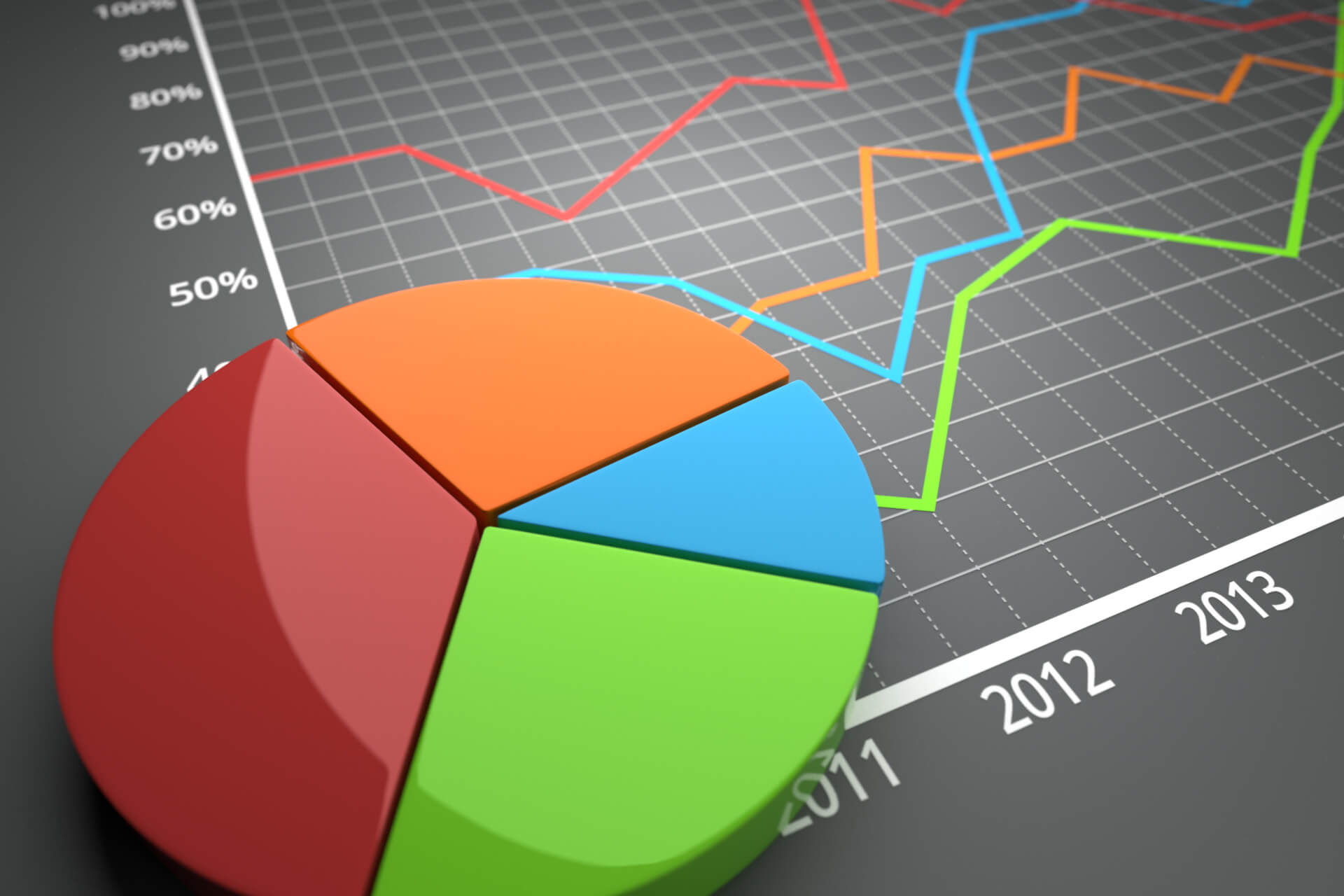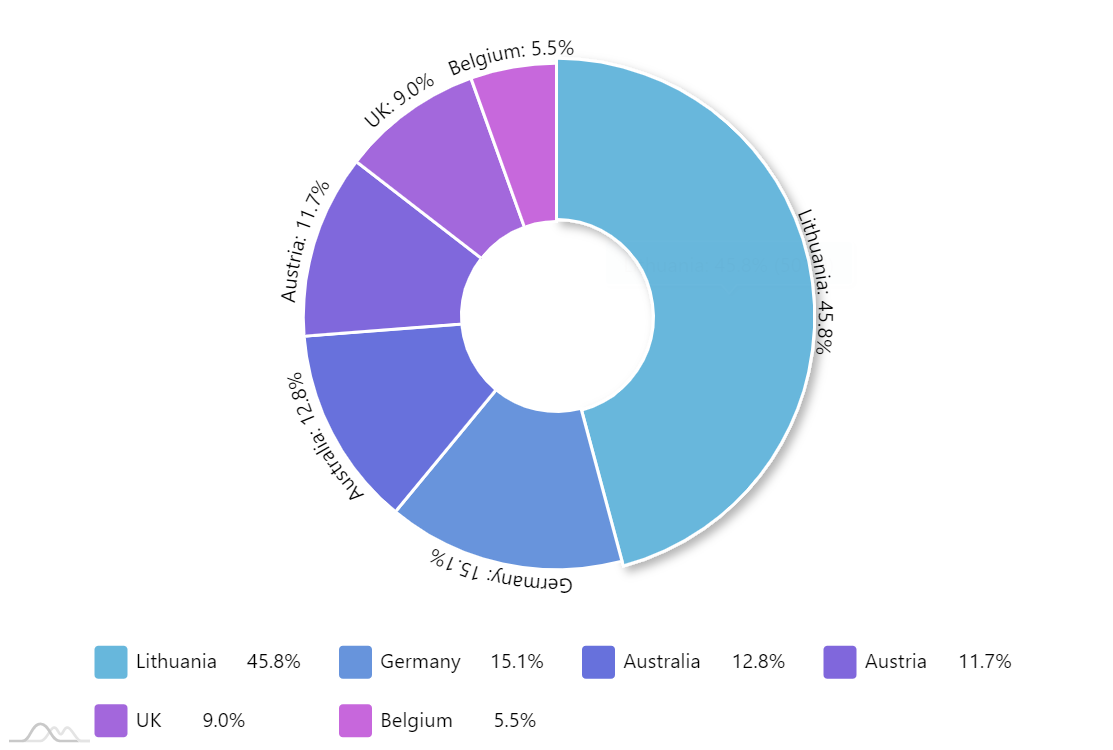What Is A Pie Chart
What Is A Pie Chart. Each categorical value corresponds with a single slice of the circle, and the size of each slice (both in area and arc length) indicates what proportion of the whole each category level takes. There are two primary use cases for a pie chart: If you want your audience to have a general sense of the part-to-whole relationship in.

Pie charts are often used to represent sample data—with data points belonging to a combination of different categories.
In a pie chart, the arc length of each slice (and consequently its central angle and area) is proportional to the quantity it represents.
The sectors (or slices) of a pie chart are proportional to the different items in the data set; the larger the sector (slice size), the higher the frequency of data in that category. It is one of the most commonly used graphs to represent data using the attributes of circles, spheres, and angular data to represent real-world information. A pie chart helps organize and show data as a percentage of a whole.
Rating: 100% based on 788 ratings. 5 user reviews.
Arleen Butler
Thank you for reading this blog. If you have any query or suggestion please free leave a comment below.











0 Response to "What Is A Pie Chart"
Post a Comment